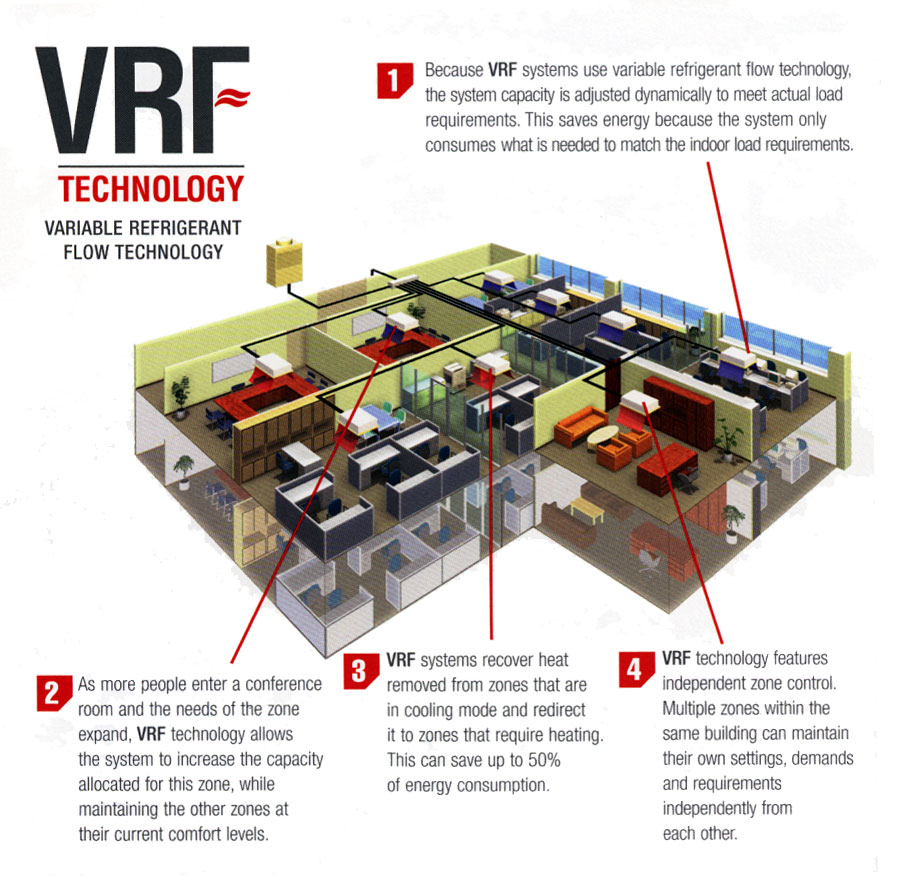Variable Refrigerant Flow (VRF) Systems Market Revenue, Share, Drivers, Key Players, Demand and Growth Rate by 2023
Global Variable Refrigerant Flow (VRF) systems market is expected to reach $24.1 Billion by 2023 and is growing at a CAGR of 13.4% during 2018–2023. The growth in the market can be attributed to the increasing demand for energy-efficient and cost-effective heating, ventilation, and air conditioning (HVAC) systems. Besides, growing construction industry and increasing energy management activities are the key factors bolstering the growth of the VRF systems market, globally. Major players in the market are focusing on providing eco-friendly refrigerants for these systems, and consumers in developed economies are increasingly adopting the VRF technology.
Request for a free sample copy of this research report @ https://www.psmarketresearch.com/market-analysis/variable-refrigerant-flow-systems-market/report-sample

On the basis of application, the VRF systems market has been categorized into commercial, residential, and other applications. Commercial areas of application include buildings, educational institutions, healthcare facilities, hotels and restaurants, and retail stores. Such systems condition multiple zones in a building having varied heating and cooling needs. Commercial applications are expected to continue holding the largest share in the market in the coming years. This can be mainly attributed to the growing focus on energy-efficient technologies and products and increasing commercial structures across the globe.
Based on system type, the VRF systems market has been categorized into heat pump and heat recovery systems. In a heat pump system, all indoor units get conditioned in the same mode (either cooling or heating). A heat recovery system, on the other hand, has the capacity to heat and cool the facility simultaneously. Heat pump systems constituted around 75% of the total VRF installations in 2017, globally. The higher adoption of heat pump systems can be attributed to their lower acquisition cost and fewer design constraints.
VRF HVAC systems use state-of-art technology that enables them to control and adjust temperatures of different zones. Instead of a one large unit to pump out air, a VRF HVAC system uses several air handlers that can be controlled individually, based on the heating and cooling requirements. Moreover, unlike traditional air conditioning systems, VRF HVAC systems do not require much ceiling and wall space, as they make use of small air handlers.
Some of the key players operating in the VRF systems market are Emerson Electric Co., United Technologies Corporation, Daikin Industries Ltd., Johnson Controls International Plc, Schneider Electric SE, Toshiba Corporation, LG Electronics Inc., Fujitsu Ltd., Mitsubishi Electric Corporation and Media Group Co. Ltd.